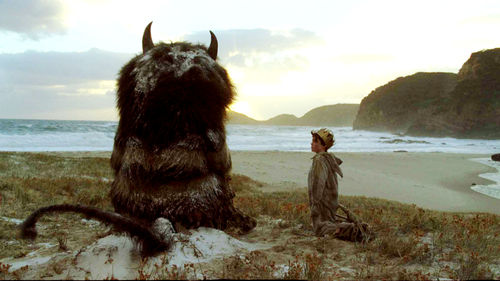Magpies and Wild Things
from Essays
Remarks for the Jumpstart: Children First Gala
The University Club
Washington, DC
May 8, 2013
Do you know what a magpie looks like? You don’t find them here in Washington because it’s too warm. They like Colorado and London. But who doesn’t?
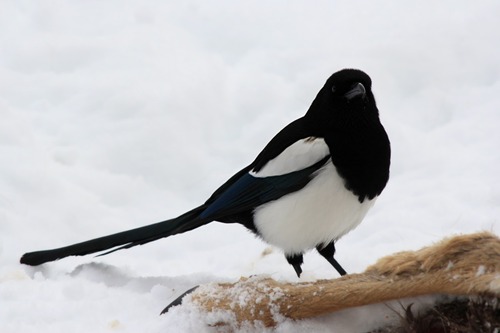
A magpie looks like a crow in a tuxedo. Black head and shoulders, white wings and belly. You have to watch yourself around magpies because they love to steal shining things. One grabbed my sunglasses right off my head last year. They chatter all the time – something I’m accused of doing. And at night they get together in big groups to eat – just like us, though I’m very happy we didn’t have to wear tuxedos.
According to an old superstition, it matters how many magpies you see. Because they eat and chatter together and because they are monogamous and have one mate for life, it’s bad luck to see just one.
There’s an ancient nursery rhyme:
One for sorrow,
Two for joy,
Three for a girl,
Four for a boy,
Five for silver,
Six for gold,
Seven for a secret never to be told.
I’m talking about magpies and superstitions and a little sorrow tonight because I’ve been thinking all day about an old neighbor of my partner’s and mine who lived a few floors below us in the same apartment building in New York City. He died one year ago today, May 8, 2012. But he’d lived a rich, full life. All of you actually know this neighbor of ours. He was Maurice Sendak.
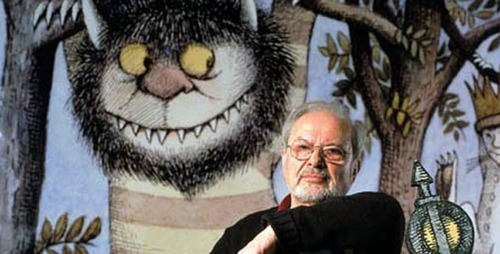
All of us know and love his work—with its dark, but loving stories of children confronting their feelings—being afraid, being bored or jealous or frustrated or even in danger—in a world that can seem to have too many monsters, too much trouble, too many adults.
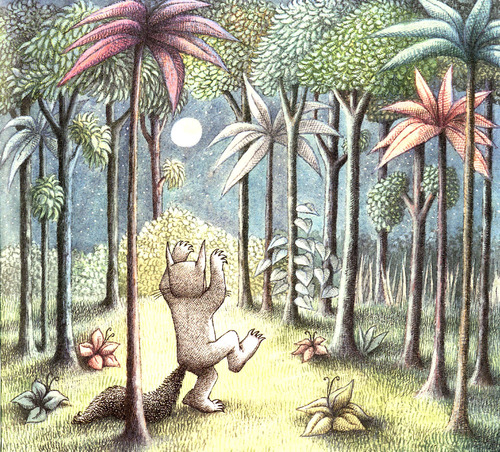
In an interview for her show on NPR Terry Gross asked Sendak if he had a favorite response to his work. Sendak said one boy in particular stuck out:
“I answer all my children’s letters, somewhat very hastily, but this one I lingered over. I sent him a postcard and drew a picture of a Wild Thing on it. I wrote, ‘Dear Jim, I loved your card.’ Then I got a letter back from his mother and she said, ‘Jim loved your card so much he ate it.’ That to me was one of the highest compliments I’ve ever received. He didn’t care that it was an original drawing or anything. He saw it, he loved it, he ate it.”
He saw it, he loved it, he ate it.
And isn’t that just what a magpie does? The noisy and sneaky little bird with a voracious appetite, eating anything in its path.
Now if there are any child psychiatrists in the room, you might respond a little differently from Sendak and possibly diagnose little Jim with Pica Disorder, which is the clinical term for when can’t stop eating everything in your path.
But guess what pica means? It’s just the Latin word for Magpie.
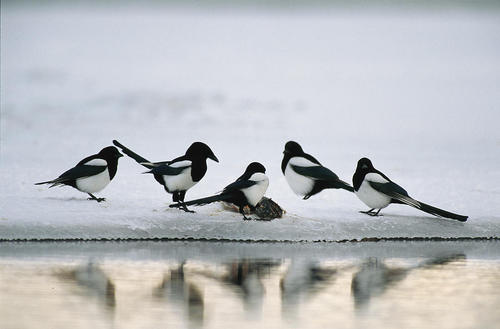
Seeing, loving, devouring. That’s the temperament Sendak had. It’s what all good writers are up to- absorbing the world, soaking it all up.
As the animals say to Max, “Oh, please don’t go—we’ll eat you up—we love you so!”
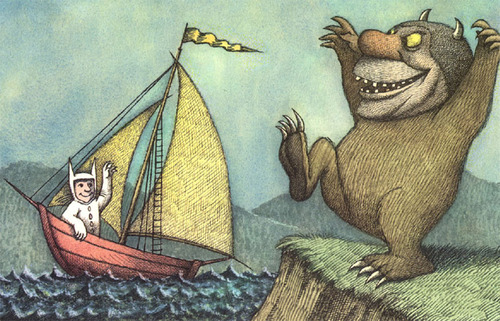
That other great New York writer and illustrator Art Spiegelman actually once described Sendak has having “that magpie thing,” a sense “of things you wouldn’t necessarily know all cocktailed together because of the way you find things out when you’re just nosing around.”
Nosing around. And then, aha: She saw it, she loved it, she ate it. Not a bad way to describe what happens when we’re learning anything.
Curiosity, hunger …and love. This is what good teachers cultivate in our kids. It’s what Jumpstart does. Susan Werley Slater, Jumpstart’s Chief Program Officer wrote, “There’s something about the energy Jumpstart brings to a classroom. There’s something about the connections we’re able to nurture between caring adults and preschool children in low-income neighborhoods.”
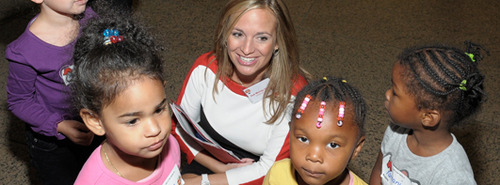
I’m not qualified to speak to you about the methodologies of early childhood education or the metrics of language acquisition. But I do believe strongly what the educator Jack Shonkoff has said, that “how children feel and interact is as important to their competence and success as how well they think.”
Kids must be encouraged with those magpie feelings of curiosity, hunger and love.
Remember what my neighbor wrote, “And Max, the king of all wild things, was lonely and wanted to be where someone loved him most of all.”
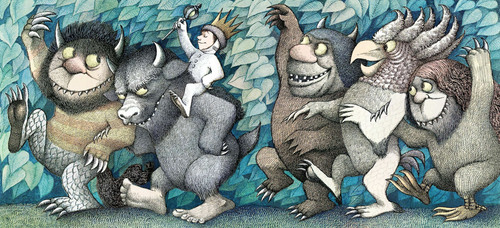
In the end, I really believe education is all about love. Love of words, love of questions, love of the attention, generosity and concern children can feel from adults who care, adults who believe in them.
You can take it from a much greater Washington magpie than myself. It was Eleanor Roosevelt who said, “The giving of love is an education in itself.”
Coincidentally, Roosevelt died only few months before “Where the Wild Things Are” was first published in 1963. But I’d like to imagine she would have loved it and that Sendak and she might have been great friends. She had an extraordinary gift for friendship.
One of Roosevelt’s friends was the Chilean poet Gabriela Mistral, a poor rural girl who never went to college but whose older sister was a teacher in a one-room school and fed her hunger, encouraged her curiosity and gave her love. This poor Chilean girl went on to win the Nobel Prize in Literature– the only Latin American woman ever to do so. She also became a leading education reformer, a women’s rights advocate, a diplomat here in Washington, but, as she said, always a teacher.
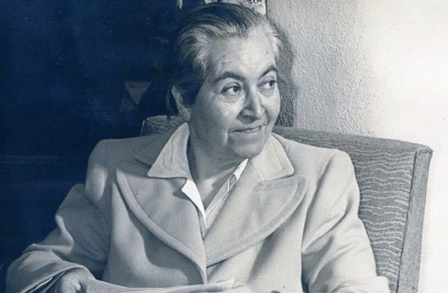
“Many things we need can wait,” Mistral wrote. “The child cannot. Now is the time his bones are formed, his mind developed. To him we cannot say tomorrow, his name is today.”
“Su nombre es hoy.”
Whether it’s Gabriela, Maurice, Eleanor or Max, the child’s name is today. And that is why we are here tonight.
A JumpStart isn’t something you give tomorrow. That name is definitely today.
So fellow magpies, I ask you to jump in and join me. Let’s help DC kids learn to read.
Let’s help them see it, love it, eat it just like little Jim did with Maurice Sendak’s postcard.
Or as my old neighbor wrote of his famous imaginary boy Max, “Then from far away across the world he smelled good things to eat, so he gave up being king of the wild things.”
